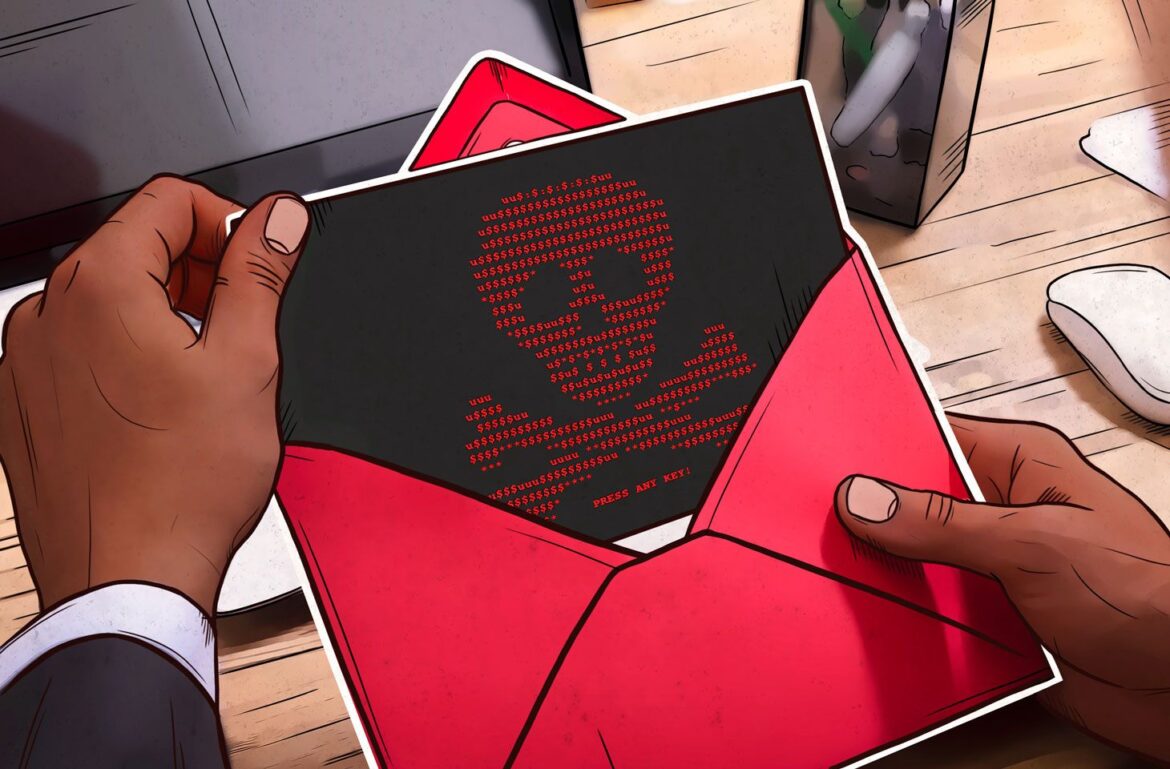773
Those who have involuntarily downloaded a virus or damaging program onto their computer can confirm just how dangerous spam is
Many reasons why spam is dangerous
The range of spam that can land in our email inboxes is both impressive and frightening. The main purpose of spam is to extract personal data from people by means of phishing – in effect, to carry out possible scams. In the process, not only privacy but also the receiving technical device is often damaged.
- Some spam messages contain malware that you install on your computer, tablet, cell phone, etc. by opening message attachments or clicking on a link. This so-called malware can render your media device inoperable
- Other spam content may ask you to disclose important information about yourself in the name of certain providers you know – for example, under the pretext that you have done something wrong or forgotten something and that you will be penalized if you do not act or respond immediately. Others want to entice you to take part in a supposedly safe competition or to get money in some other way if you share personal information
- The word spam does not originally come from technical jargon, but is the name of a US company’s canned pork and ham. It was only through a Monty Python sketch that the word also became established for the inevitable things in life that keep coming at you. So in the Internet world, later on, enormous amounts of messages – English: “send phenomenal amounts of mail”.
- Even today, even huge amounts of advertising emails that are merely intended to encourage purchases and have no malicious or fraudulent intentions are considered spam.
How to recognize spam
Nowadays, it is no longer so easy to spot spam messages. While others are so clearly badly produced that only very gullible people fall for them, other messages actually look like official letters from well-known companies.
- It is therefore easier to recognize spam messages if they have been sent with a strange-sounding e-mail address. However, some also contain official names, for example from Postbank, PayPal or providers such as Strato, in their email address. This makes it more difficult to spot spam
- The Federal Office for Information Security therefore recommends that you do not simply click on links in the email or open files at random. Invoices in the form of ZIP folders, Word or Excel files are a typical scam.
- Reputable providers also include an imprint in their emails or – in the case of newsletters – an unsubscribe link so that you can unsubscribe from the newsletter if you wish. This is often not the case with spam, and even the salutation to you is impersonal and usually without your specific name.
- Often a strange content, which you cannot assign at all, as well as numerous spelling and grammatical errors indicate that the e-mail cannot be serious.
- By the way, many experts advise against deleting spam. This is because content could open automatically and activate the malware. Just looking at the messages tells the sender that your e-mail address is really taken. It therefore makes more sense to activate spam protection and move suspicious emails to a designated spam folder without opening them. From there, you can have the messages deleted automatically after a certain time setting
- If you are unsure whether it is a spam e-mail, you can contact customer service or your usual contact person at the company in question (not via the telephone number in the e-mail) and ask. Many providers also publish on their website that spam messages are being sent in their name.

